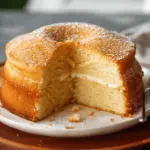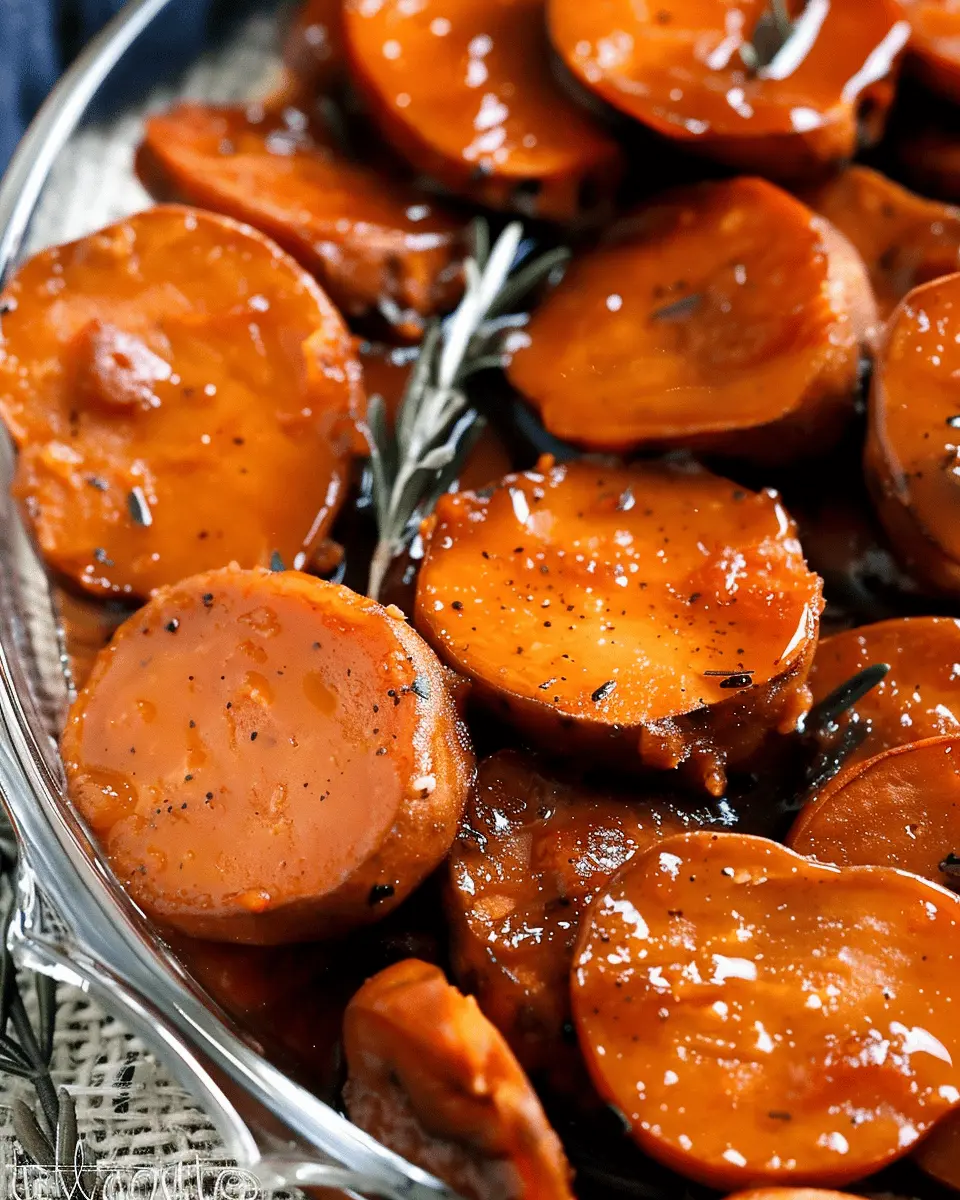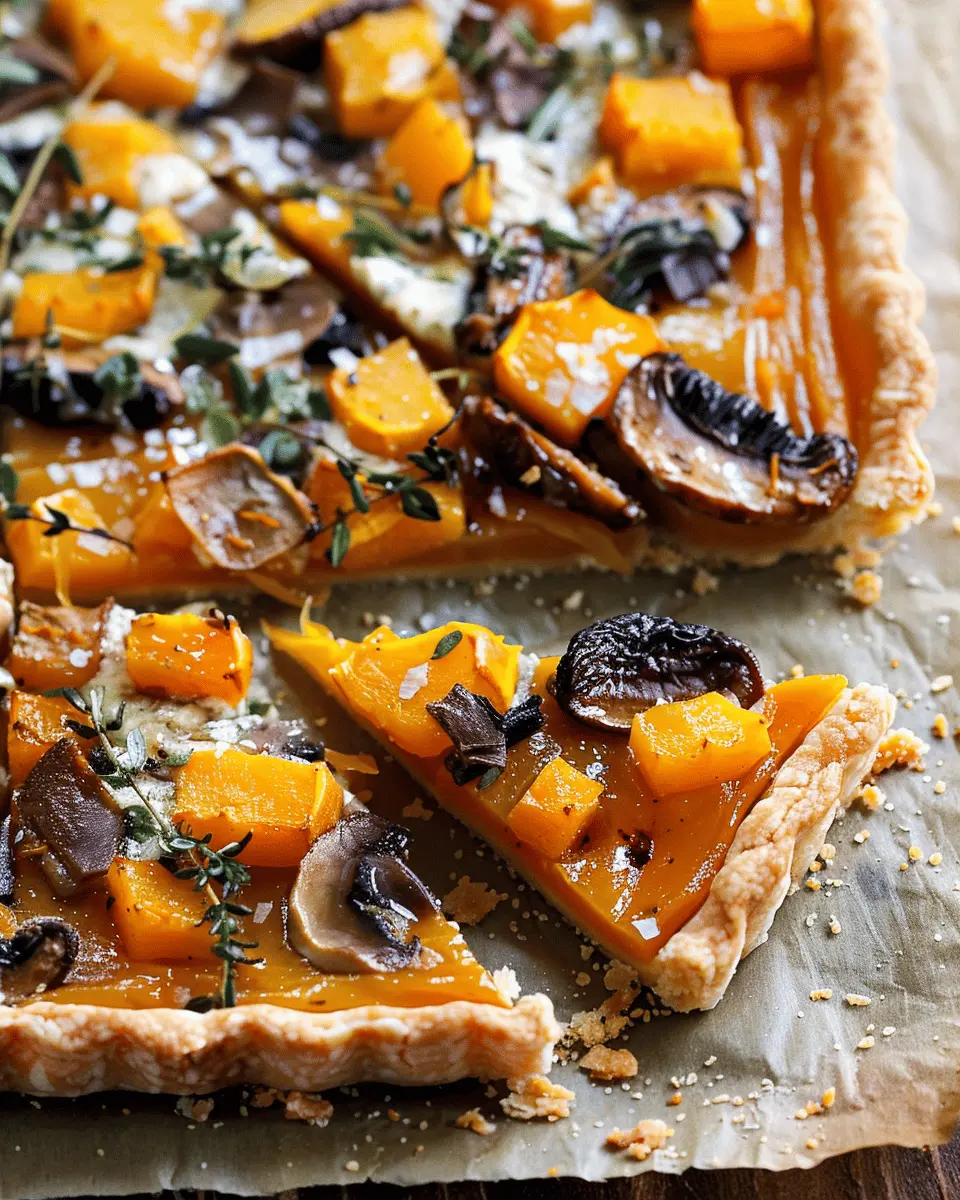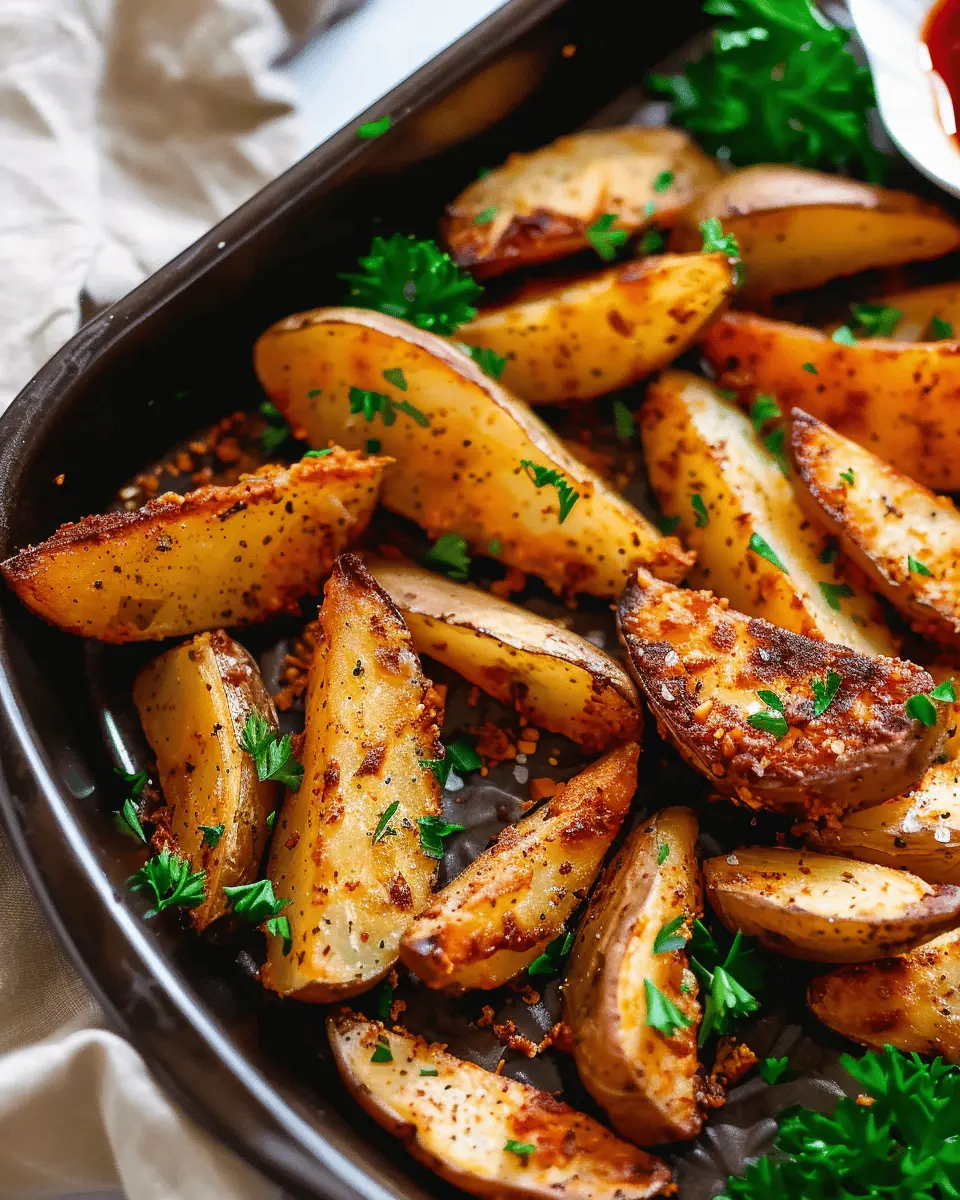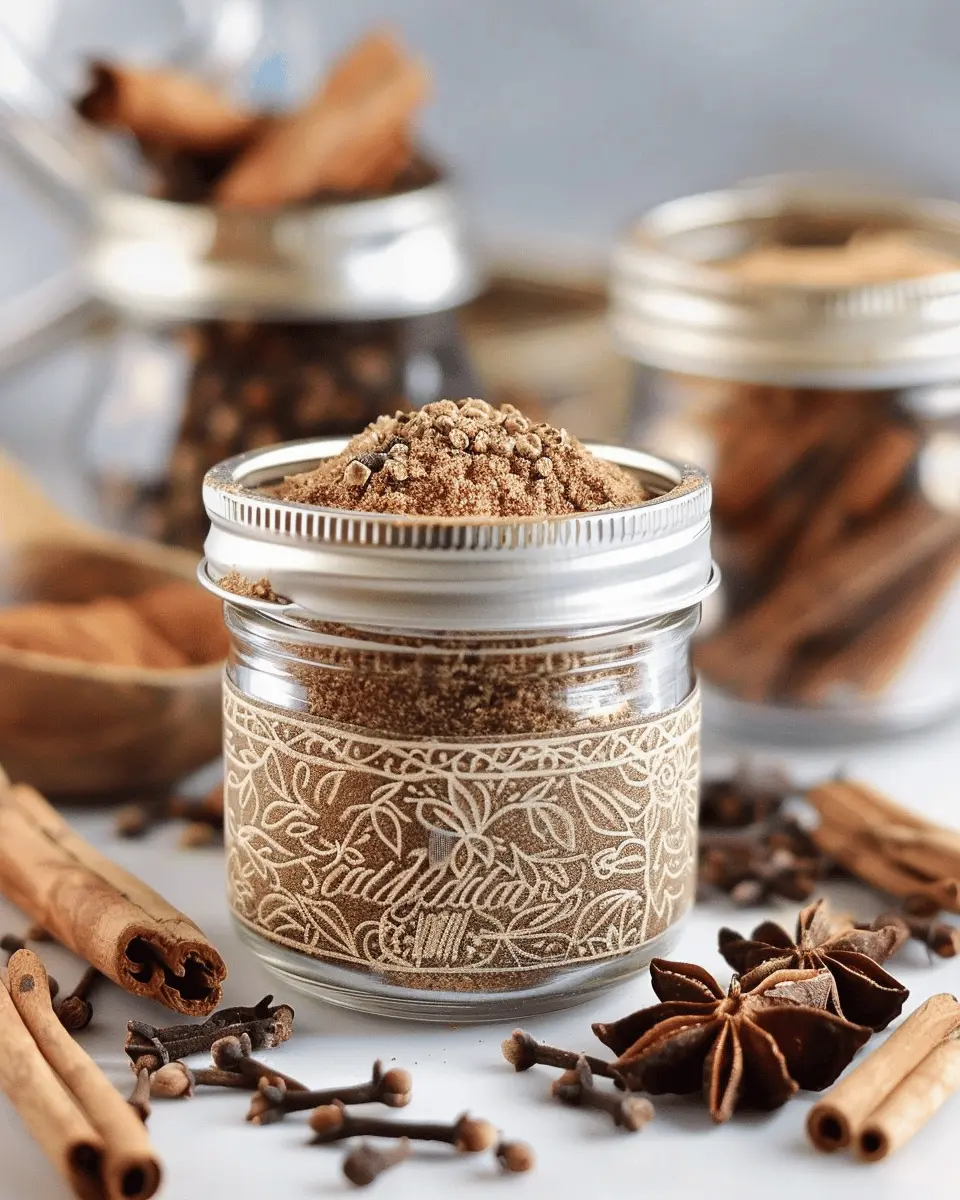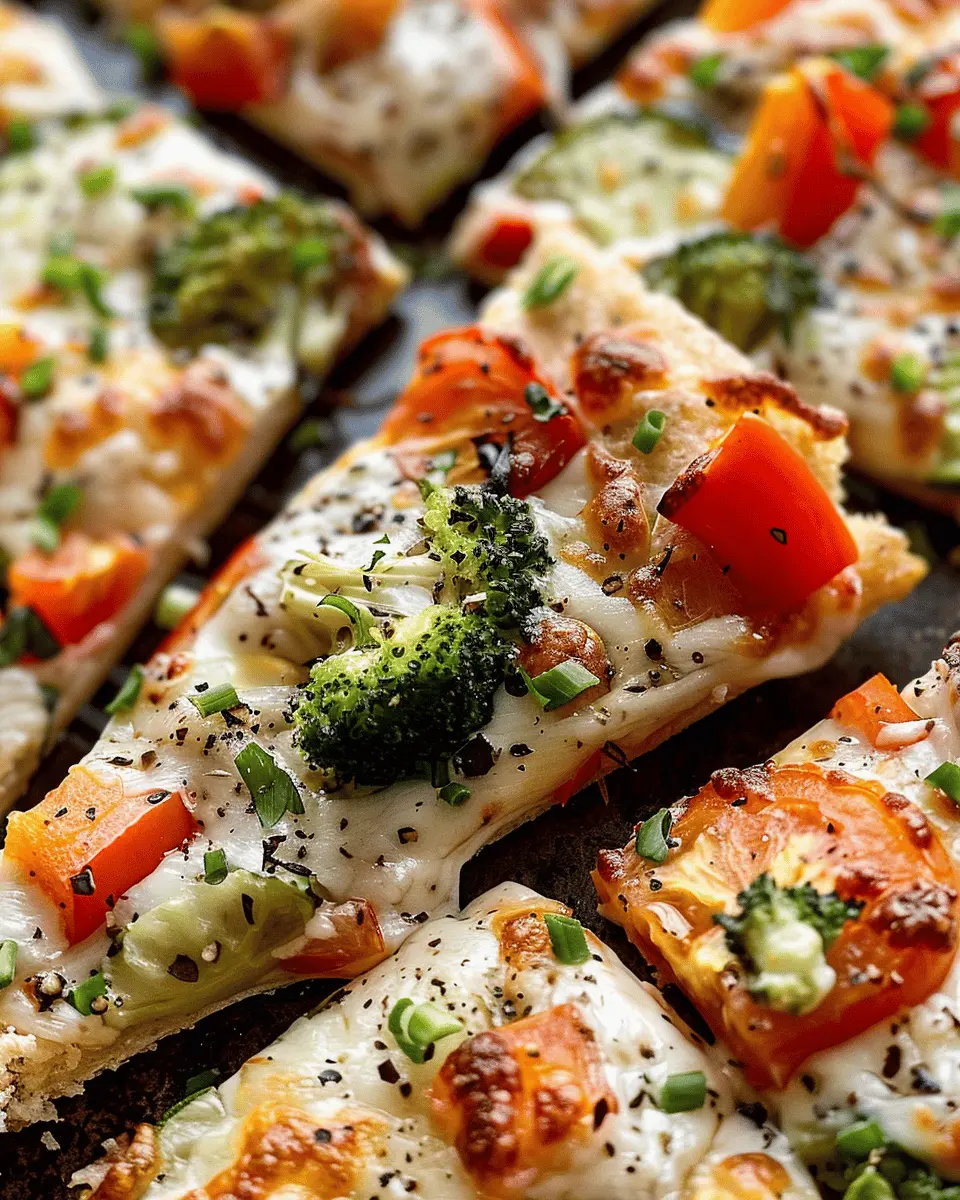Introduction to Butter Cake
The Timeless Appeal of Butter Cake
There’s something undeniably comforting about a butter cake. Its rich, buttery flavor and moist texture make it a beloved choice in homes and bakeries alike. Whether it’s a celebration or just a cozy Sunday afternoon, this classic dessert has a unique ability to evoke nostalgia and warmth, reminding us of gatherings, family, and simple joys.
So, what makes butter cake so special? It all circles back to its simplicity. With just a handful of ingredients—mainly butter, flour, sugar, and eggs—this cake offers both ease and elegance. According to culinary experts, the chemical reactions that occur when these elements are whipped together create an incredibly tender crumb that’s hard to resist. If you’re curious about the science behind baking, you might want to check out resources from Serious Eats or America’s Test Kitchen for invaluable insights.
A butter cake also serves as an excellent base for countless variations and adornments. You can easily elevate it with layers of frosting, fresh fruit, or even a dusting of powdered sugar. Feel like getting creative? Add a hint of vanilla or a splash of almond extract to take the flavor to new heights! The cake can be easily customized to fit any occasion, transforming itself from a simple dessert to the star of the table.
One fascinating fact is that butter cakes have roots that span cultures and centuries. From the moist pound cakes of Europe to the airy Japanese castella, each variant brings its own charm. This cross-cultural appeal is just another reason why you should consider trying your hand at this recipe.
As you dive into making your very own butter cake, think about what makes it meaningful for you. Is it the memories tied to baking with a loved one, or perhaps the joy of sharing your creation with friends? Regardless, you’re bound to create something special that resonates with those around you. Prepare to embrace the buttery goodness and learn how easy it is to bake a cake that’s truly unforgettable.
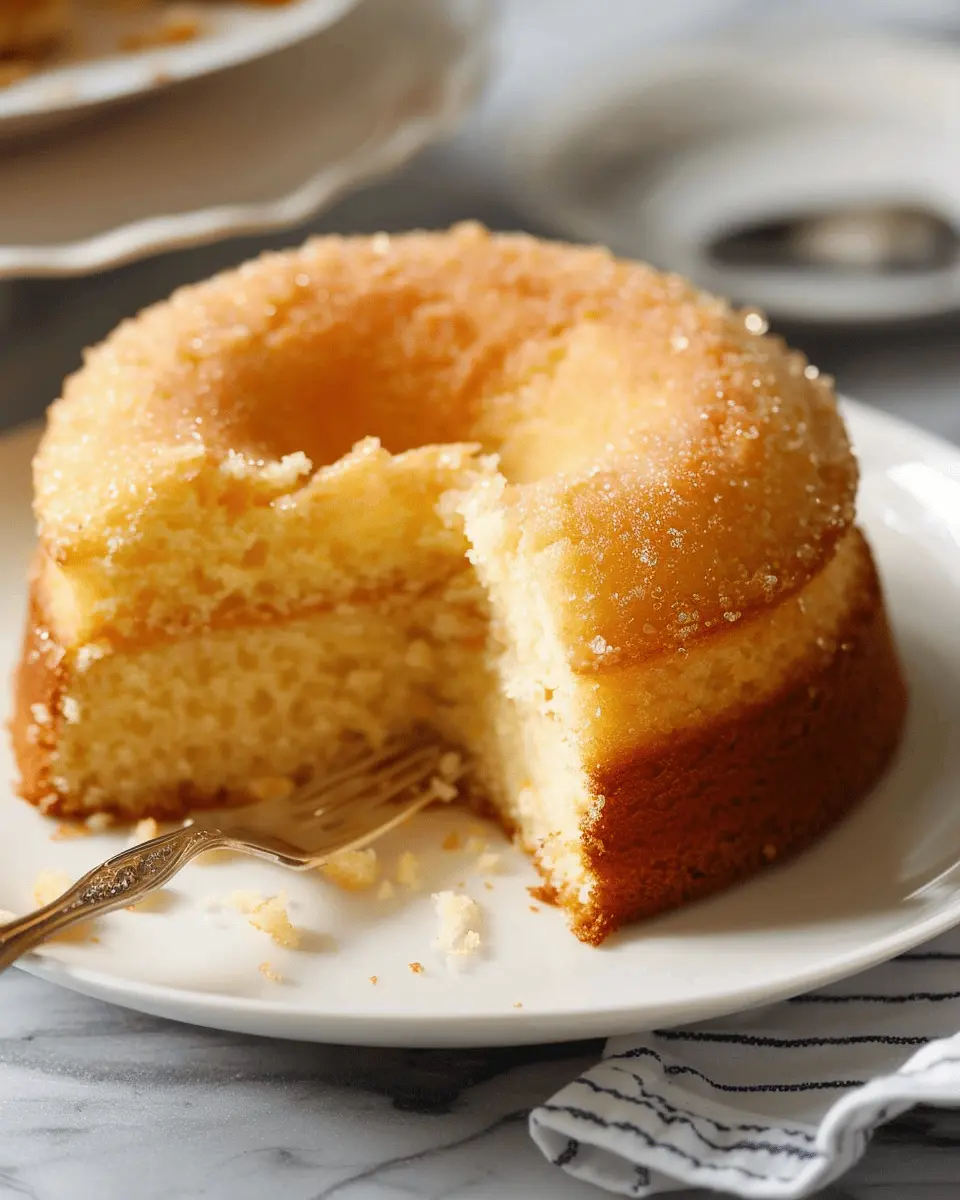
Ingredients for Butter Cake
Essential Ingredients for a Classic Butter Cake
When it comes to baking butter cake, using the right ingredients makes all the difference. Here’s a simple list to get you started on your cake journey.
- Unsalted Butter: The hero of our cake! Aim for about 1 cup, softened to room temperature for easy mixing.
- Granulated Sugar: You’ll need around 1 to 1.5 cups. This will create that sweet, delightful flavor.
- Eggs: Using about 3 large eggs improves texture and richness. The protein helps your cake rise beautifully.
- All-Purpose Flour: Approximately 2 cups gives the structure. Consider sifting it for a fluffier result.
- Baking Powder: Don’t forget about 1 to 2 teaspoons to help your cake rise.
- Salt: A pinch (about 1/4 teaspoon) is crucial for balancing flavors.
- Milk or Cream: About 1/2 cup adds moisture and enhances the flavor. Full-fat dairy is your best bet!
These basic ingredients create the foundation for a moist and fluffy butter cake. Want to explore more? Check out this detailed baking guide for tips on getting the perfect texture!
Preparing Butter Cake
Butter cake, a classic favorite, brings warmth and comfort to any gathering. Whether you’re baking for a birthday, a cozy family dinner, or just to treat yourself on a weeknight, following a few easy steps will lead you to the perfect butter cake. Let’s dive into the process!
Gather Your Ingredients
Before we start baking, it’s essential to gather all your ingredients. This makes the process smoother and ensures you don’t find yourself scrambling in the middle of mixing! For a delicious butter cake, you’ll need:
- 1 cup of unsalted butter (room temperature)
- 2 cups of granulated sugar
- 4 large eggs
- 1 teaspoon of vanilla extract
- 3 cups of all-purpose flour
- 1 tablespoon of baking powder
- 1 cup of milk (whole or low-fat works well)
Make sure to have your measuring cups and spoons handy. It’s also a good time to preheat your oven to 350°F (175°C) so that it’s ready when your cake batter is mixed.
Cream the Butter and Sugar
This is one of the most satisfying parts! Take your room-temperature, unsalted butter—the better the quality, the richer your cake will taste. In a large mixing bowl, add the butter and granulated sugar. Using an electric mixer, cream them together on medium speed for about 4-5 minutes until the mixture looks light and fluffy.
You might wonder why this step is crucial. Well, creaming your butter and sugar properly ensures that tiny air pockets are formed, making your butter cake rise beautifully. Research from baking experts shows that proper creaming is key for a light, airy texture in cakes. If you like, you can sneak a taste test at this point (just a small one!) to enjoy that sweet, buttery goodness.
Combine the Dry Ingredients
In a separate bowl, sift together your all-purpose flour and baking powder. Sifting not only eliminates lumps, but it also aerates the flour, which is another important factor in achieving that perfect texture. Once they’re combined, set aside this dry mixture and get ready to mix it in with the creamed butter and sugar.
Mix the Batter
Returning to your butter and sugar mixture, add the eggs—one at a time—mixing well after each addition. Then, stir in the vanilla extract for that delightful flavor profile.
Now, alternate adding the dry ingredients with the milk. Start by incorporating about a third of the dry mixture, followed by half of the milk. Repeat this process, finishing with the flour mixture. Gently mix until everything is just combined. Overmixing can lead to a dense cake, and we want tender cake perfection here!
Pour and Bake
Grab a prepared cake pan—either greased and floured or lined with parchment paper for easy removal. Pour your batter evenly into the pan, tap it gently on the counter to release any air bubbles, and slide it into your preheated oven.
Bake the butter cake for approximately 30-40 minutes, or until a toothpick inserted in the center comes out clean. Your kitchen will soon be filled with the most comforting aroma, making it hard to resist peeking at your creation.
When done, allow your cake to cool in the pan for about 10 minutes before transferring it to a wire rack. Patience is key here—if you cut it too early, it might crumble!
And there you have it! By following these straightforward steps, you’ll create a delightful butter cake that’s perfect for any occasion. If you’re interested in more baking techniques or variations on this recipe, check out BBC Good Food or Serious Eats for additional insights and inspirations. Happy baking!
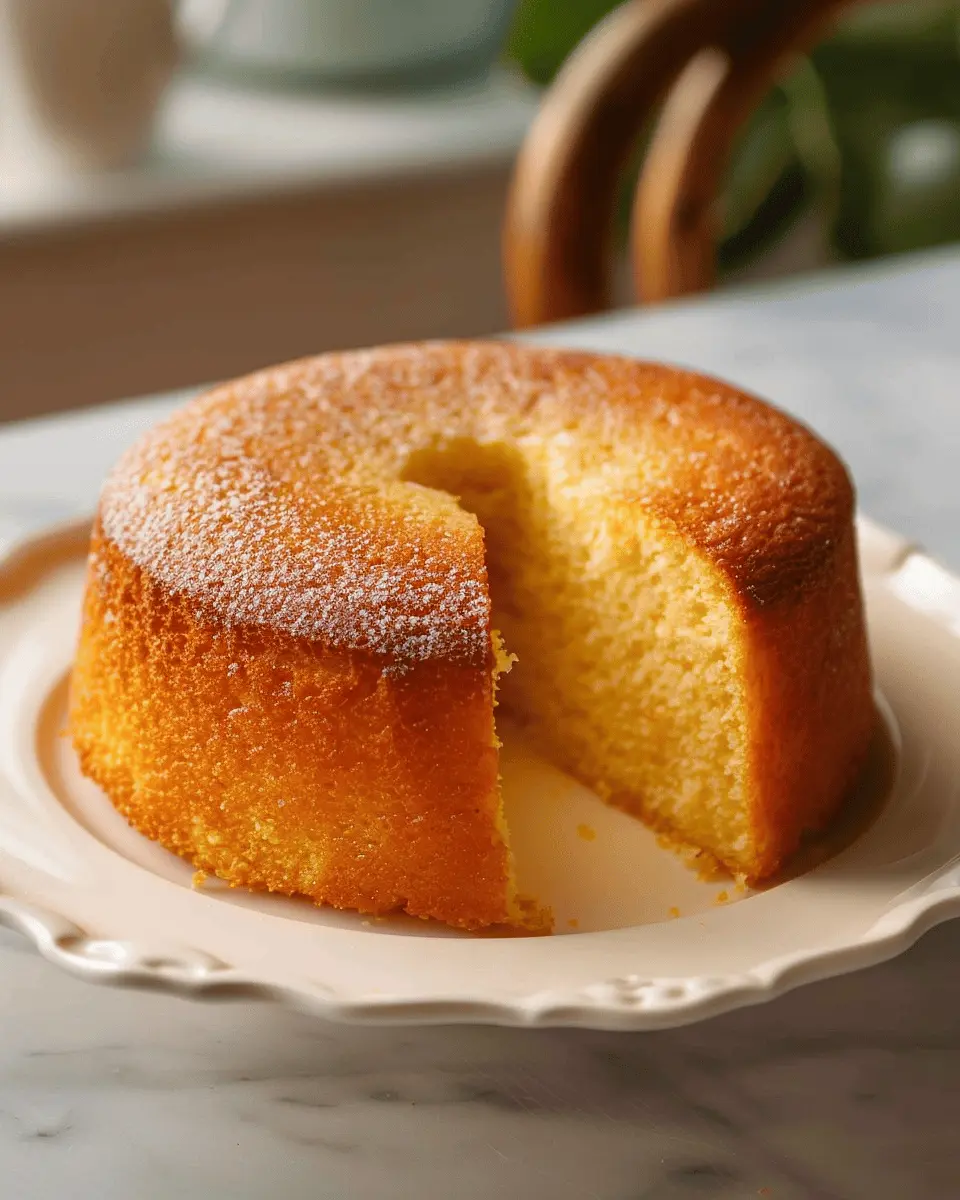
Variations on Butter Cake
Butter cake is a versatile classic, and once you’ve mastered the base recipe, the variations you can create are nearly endless! Here, we’ll explore two delicious twists that’ll keep your taste buds tingling.
Chocolate Butter Cake
If you’re a chocolate lover, this variation is about to become your go-to! By simply adding cocoa powder to your butter cake batter, you can transform it into a rich and decadent chocolate treat. Here’s how:
- Substitute 1/2 cup of all-purpose flour with 1/2 cup of unsweetened cocoa powder.
- You might want to increase the sugar by a couple of tablespoons to balance the bitterness of the cocoa.
- For an even more indulgent experience, consider folding in chocolate chips before baking. They create delightful pockets of melty goodness!
This chocolate butter cake pairs beautifully with a light chocolate ganache or a dollop of vanilla whipped cream. If you want to elevate your dessert, check out this guide on chocolate pairings to find the perfect accompaniments.
Lemon Butter Cake
If you’re craving something a bit more refreshing, a lemon-infused butter cake will perk up any gathering. The brightness of lemon adds a delightful zing, making it a perfect option for spring and summer celebrations.
- Simply add zest from one large lemon to the batter for a burst of flavor.
- Consider incorporating a squeeze of fresh lemon juice to enhance that zesty note.
- For additional deliciousness, drizzle a simple lemon glaze made from powdered sugar and lemon juice over the cooled cake.
This zesty treat not only looks beautiful, but it’s also guaranteed to brighten anyone’s day. If you’re curious about flavor profiles, explore culinary citrus combinations to inspire your next baking adventure!
No matter how you choose to customize your butter cake, the key is to have fun experimenting and savoring every bite. Happy baking!
Baking Notes for Butter Cake
Tips for Perfect Texture
When baking your butter cake, achieving that ideal fluffy yet moist texture is essential. Here are some key tips to ensure your cake turns out perfectly every time:
-
Room Temperature Ingredients: Always use butter, eggs, and milk at room temperature. This helps them to combine more thoroughly, creating that wonderful airy texture.
-
Don’t Overmix: It might be tempting to beat the batter until it’s perfectly smooth, but overmixing can lead to a dense cake. Mix until just combined for best results.
-
Oven Temperature: Ensure your oven is preheated to the correct temperature. An oven thermometer can be a handy tool to make sure it’s just right, as even a few degrees can impact baking. Learn more here.
-
Cooling: Let your butter cake cool in the pan for about 10 minutes before transferring it to a wire rack. This prevents it from breaking apart and helps maintain its moistness.
Give these tips a try, and you’ll soon be enjoying a buttery slice of heaven that’s sure to impress! For those interested in more baking techniques, check out Serious Eats for expert tips.
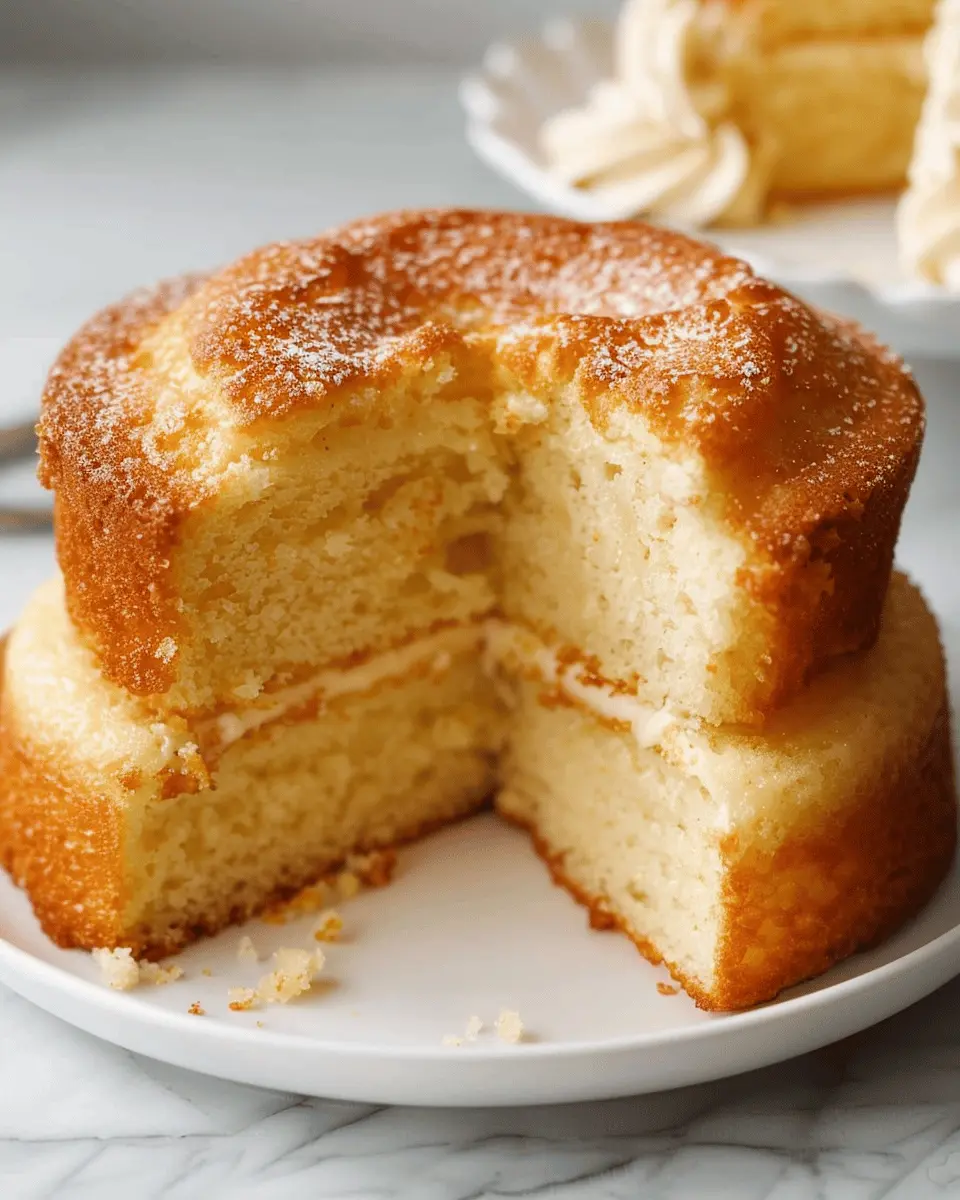
Serving Suggestions for Butter Cake
Classic Pairings to Enhance Your Cake
When it comes to enjoying a butter cake, the right accompaniments can elevate its flavors to new heights. Here are some classic pairings that can turn your delightful dessert into an unforgettable experience.
-
Fresh Fruits: Slices of strawberries, raspberries, or blueberries lend a refreshing contrast to the richness of the butter cake. The natural sweetness of fruit complements the buttery flavor beautifully.
-
Whipped Cream: A dollop of lightly sweetened whipped cream adds a creamy texture that balances the cake’s dense crumb. Consider infusing it with vanilla or even a touch of lemon zest for an extra zing.
-
Coffee or Tea: A warm cup of coffee or tea enhances the cake’s flavor profile. The bitterness of coffee or the soothing qualities of tea create a satisfying contrast.
-
Yogurt or Ice Cream: A scoop of creamy vanilla ice cream or a side of tangy yogurt introduces a delightful creaminess that pairs excellently with the butter cake‘s richness.
Next time you slice into that tender treat, consider these options to enhance your enjoyment. For more tips on enhancing your dessert experience, check out resources like The Spruce Eats for pairing ideas!
Tips for Making the Perfect Butter Cake
Creating an irresistible butter cake can be a rewarding experience, highlighting the art of baking while filling your kitchen with delightful aromas. Here are some tips to help you on your flavorful journey:
Key Tips to Elevate Your Baking Game
-
Use Quality Ingredients: The foundation of a delicious butter cake lies in high-quality ingredients. Opt for real butter (unsalted), fresh eggs, and pure vanilla extract. These components can significantly enhance the flavor profile of your cake.
-
Room Temperature is Key: Ensure your butter and eggs are at room temperature before you start mixing. This simple step can create a smoother batter and contribute to the cake’s wonderful rise.
-
Don’t Rush the Mixing: When creaming the butter and sugar, take your time! Aim for a light and fluffy texture, which can take a good 3-5 minutes. This process incorporates air into the batter, leading to a lighter cake.
-
Fold, Don’t Stir: Once you add the flour, mix just until combined. Overmixing can develop gluten, resulting in a dense cake rather than a tender crumb—something we want to avoid.
-
Bake to Perfection: Use an oven thermometer to ensure your oven is at the right temperature. Preheating and avoiding overbaking are also vital. A toothpick should come out clean or with a few moist crumbs—this indicates that your cake is just right!
Ready to impress your friends at the next gathering? For more tips on cake decorating and serving ideas, check out SugarHero, a fantastic resource for all things sweet!
Time Details for Butter Cake
Preparation Time
Making your butter cake is a delightful experience that starts with prep! You’ll need about 20 minutes to gather your ingredients—flour, sugar, butter, eggs, and a dash of salt—while also ensuring your kitchen is prepped and tidy.
Baking Time
Once your batter is ready, pour it into your prepared cake pan and pop it in the oven. The baking time for your butter cake is around 45–50 minutes. You’ll know it’s done when the cake springs back lightly when touched and a toothpick inserted comes out clean.
Total Time
All in all, you’re looking at a relaxed total of about 1 hour and 10 minutes from start to finish. This makes it a perfect weekend project or a wonderful treat to whip up after a busy workday. So, why not gather your ingredients and get started? For tips on baking techniques, check out King Arthur Baking for more inspiration!
Nutritional Information for Butter Cake
When it comes to indulging in a delightful treat like butter cake, understanding its nutritional profile can help you enjoy it guilt-free.
Calories
A typical slice of butter cake contains around 300 calories. This makes it a rich dessert option that you’ll want to savor rather than devour in one sitting.
Protein
While not a protein powerhouse, a slice of butter cake can provide approximately 4 grams of protein. Pair it with a protein-rich meal or snack to balance out your day.
Sugar Content
Butter cake tends to be sweet, with about 15 grams of sugar per slice. To balance sweetness, consider enjoying it with a dollop of fresh fruit or a light yogurt—an excellent way to infuse added nutrients and fiber into your dessert experience.
For in-depth nutrition and health tips, check out sources like the USDA that provide valuable insights into food nutrient profiles. Remember, moderation is key with treats like butter cake, so enjoy happily and wisely!
FAQs about Butter Cake
How do I know if my butter cake is done?
The best way to check if your butter cake is baked to perfection is by using the toothpick test. Insert a toothpick into the center of the cake; if it comes out clean or with just a few crumbs attached, your cake is ready! Additionally, the edges should start pulling away from the pan slightly, and the top should have a golden-brown hue. If you’re uncertain, it’s always better to consult reliable sources like King Arthur Baking for baking tips!
Can I make butter cake in advance?
Absolutely! Making your butter cake in advance is a great way to save time, especially if you have a busy schedule. You can bake the cake up to a day ahead of your event. Just let it cool completely, then wrap it tightly in plastic wrap or aluminum foil to keep it fresh. If you need to prepare it even earlier, consider freezing the cake. Wrap slices or the whole cake securely, and it can stay fresh in the freezer for up to three months. When you’re ready, simply let it thaw in the fridge overnight.
What’s the best way to store leftover butter cake?
To keep your butter cake deliciously moist, storing it properly is key. If you have leftovers, place your cake in an airtight container at room temperature for up to two days. For longer storage, you can refrigerate it, but remember that it might start to dry out. If you prefer, you can also freeze individual slices. Just be sure to wrap them tightly in plastic wrap and then place them in a freezer-safe bag.
Whether you’re prepping for a weekend gathering or just want to enjoy a slice later, understanding these tips can elevate your butter cake experience! For more inspiration, visit sites like Food Network for endless baking ideas.
Conclusion on Butter Cake
The Joy of Baking and Enjoying Butter Cake
Baking a butter cake isn’t just about following a recipe; it’s about creating memories that last a lifetime. The delightful aroma wafting through your kitchen as the cake bakes can transport anyone back to a simpler time. Have you ever shared a slice with friends or family, laughing and reminiscing over carefree moments?
This simple cake, filled with rich flavors and a moist crumb, is perfect for any occasion. Whether you’re celebrating a birthday or just enjoying a quiet evening at home, a slice of butter cake can elevate the moment. For more tips and tricks on baking, check out King Arthur Baking.
Remember, every bite you take is infused with the joy of your hard work—it’s worth every minute! So, gather your ingredients, preheat that oven, and enjoy the delightful journey of creating your perfect butter cake.
PrintButter Cake Bliss: The Best Recipe for Your Family Gatherings
Indulge in the delightful experience of baking this buttery, moist cake that is perfect for any family gathering.
- Prep Time: 15 minutes
- Cook Time: 35 minutes
- Total Time: 50 minutes
- Yield: 12 servings 1x
- Category: Dessert
- Method: Baking
- Cuisine: American
- Diet: Vegetarian
Ingredients
- 1 cup unsalted butter
- 2 cups granulated sugar
- 4 large eggs
- 3 cups all-purpose flour
- 1 cup milk
- 1 tablespoon vanilla extract
- 2 teaspoons baking powder
- 1/2 teaspoon salt
Instructions
- Preheat the oven to 350°F (175°C).
- Cream the butter and sugar together until light and fluffy.
- Add the eggs one at a time, mixing well after each addition.
- In a separate bowl, whisk together the flour, baking powder, and salt.
- Gradually add the dry ingredients to the butter mixture, alternating with the milk and vanilla until fully combined.
- Pour the batter into a greased cake pan.
- Bake for 30-35 minutes or until a toothpick inserted comes out clean.
Notes
- For added flavor, consider adding lemon zest or almond extract.
- This cake can be frosted with your favorite icing or served plain.
Nutrition
- Serving Size: 1 slice
- Calories: 350
- Sugar: 28g
- Sodium: 200mg
- Fat: 18g
- Saturated Fat: 11g
- Unsaturated Fat: 5g
- Trans Fat: 0g
- Carbohydrates: 40g
- Fiber: 1g
- Protein: 4g
- Cholesterol: 85mg
Keywords: butter cake, family recipes, dessert


